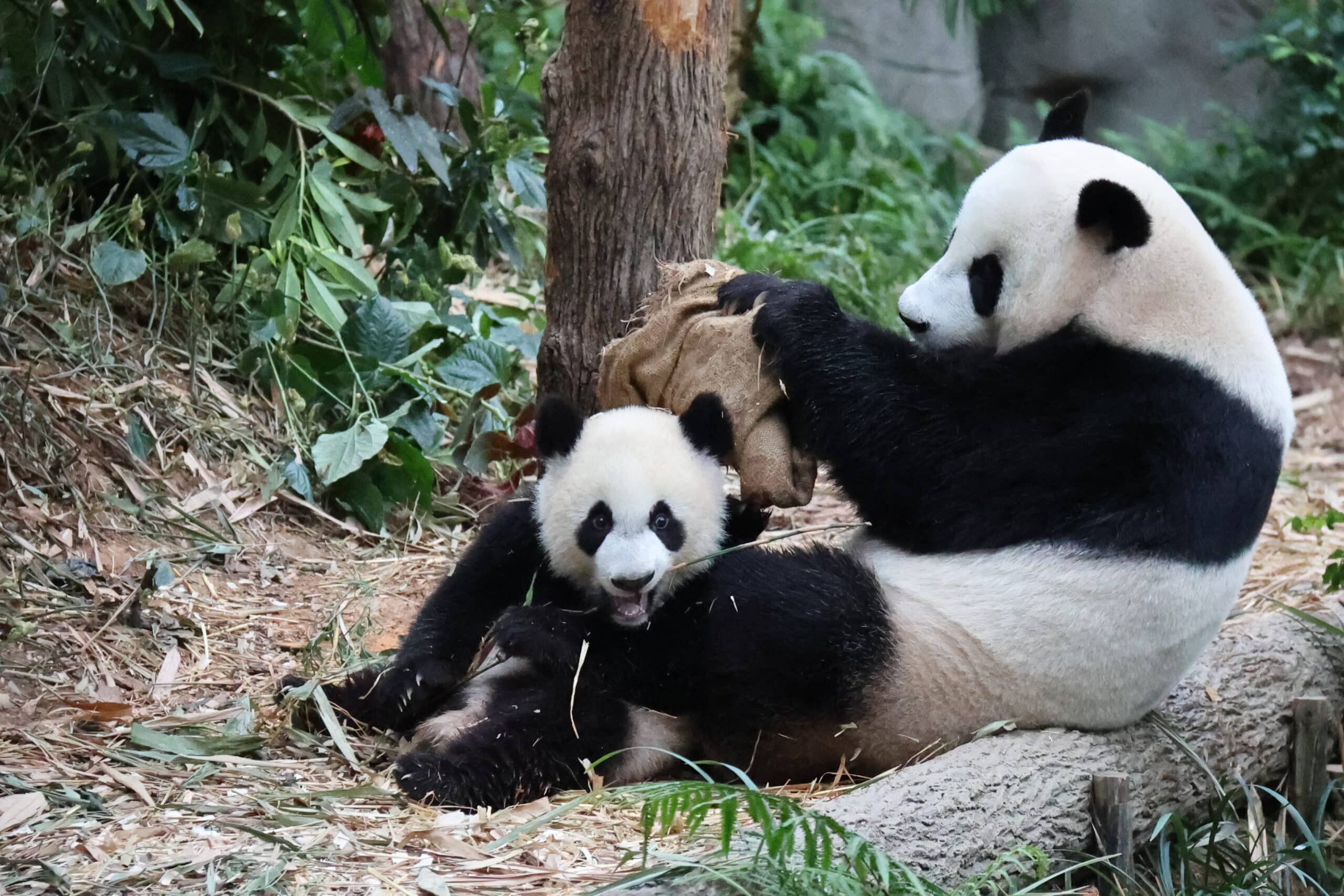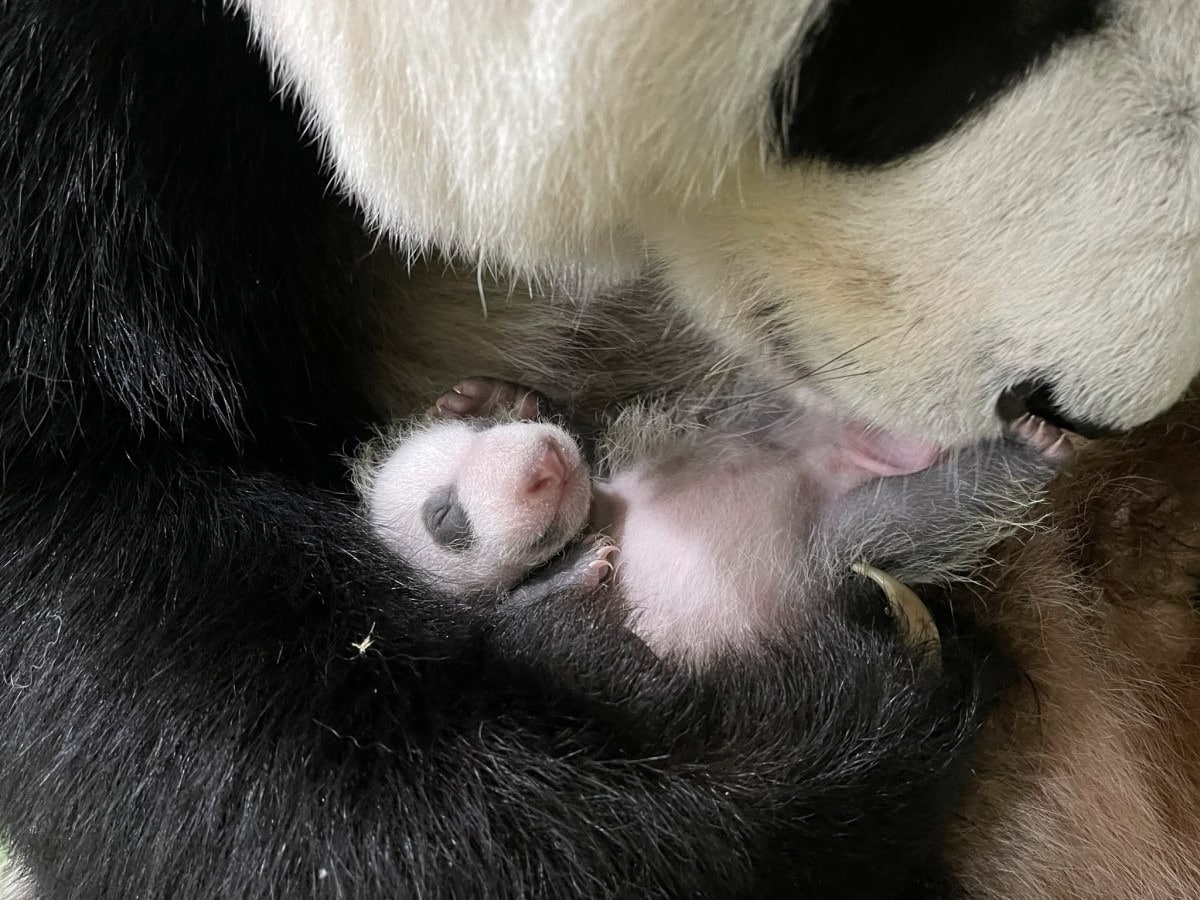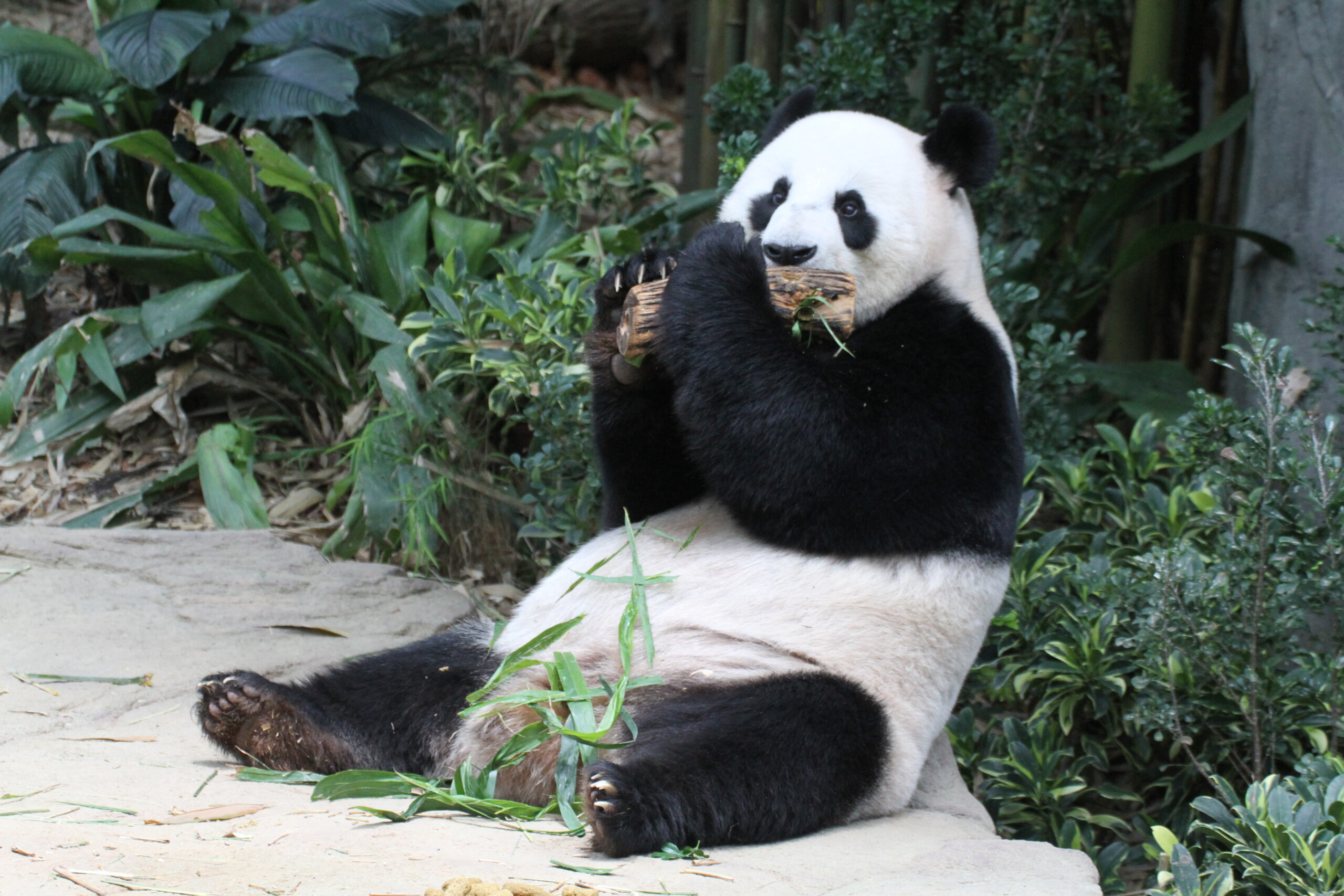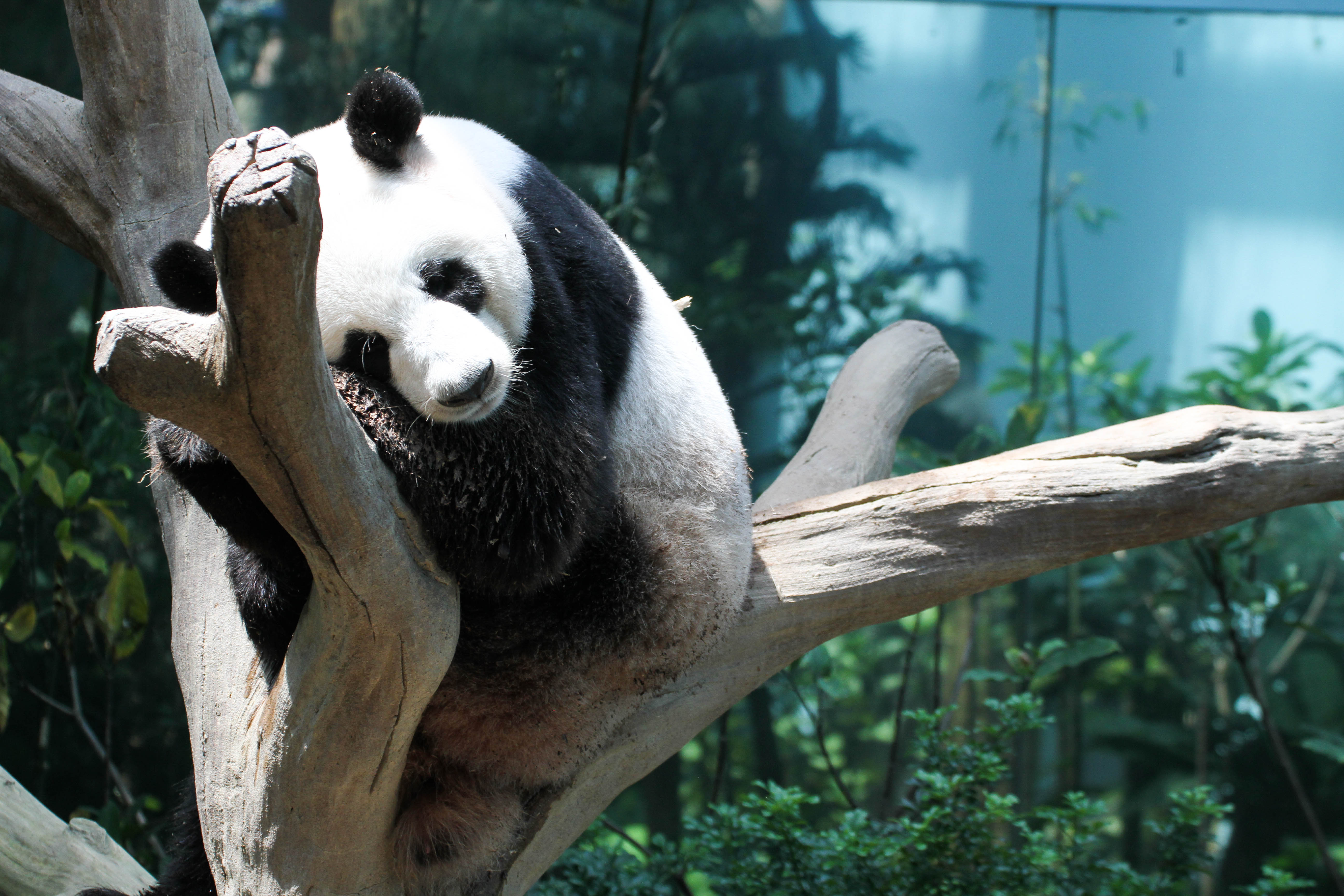Bamboo cultivated to meet special dietary needs of giant pandas

Night Safari and Singapore Zoo are home to many different types of flora and fauna, and these award-winning wildlife parks recently added a variety of new bamboo species to their collection – all cultivated in anticipation of the arrival of a male and female giant panda from China next year.
On loan to parent company Wildlife Reserves Singapore (WRS) from the China Wildlife Conservation Association (CWCA), these endangered creatures will be one of the main highlights of WRS’ upcoming attraction, River Safari, Asia’s first river-themed wildlife park, which will open its doors in 2012. The 10-year collaboration is aimed at promoting the conservation of giant pandas through research and a captive breeding programme. CapitaLand has pledged a conservation donation to support this initiative.
Giant pandas have carnaisal teeth which classifies them as carnivores. However, these animals feed mainly on leaves, stems and shoots of bamboo species. As their diet is low in nutrition, they need to eat about 20 kg of food every day to meet their energy needs.
To cater to their special diet and the extensive amount of bamboo they will consume, every available space around and within the Night Safari and Singapore Zoo, as well as the neighbouring yet-to-be-completed River Safari have been converted to special plots of land for bamboo cultivation.
In the past six months, the horticulture department at WRS have been planting and nurturing four different species of bamboo, three of which are native to the homeland of the giant pandas. These include the Bambusa ventricosa (Buddha’s belly), Phyllostachys sulphurea (Ougon-Kou Chiku Bamboo), Bambusa glaucescens (Hedge bamboo) as well as Thyrsostachys Siamensis (Siamese bamboo) from Myanmar and Thailand.
“Although giant pandas can eat up to 25 types of bamboos, they are picky eaters and will only eat the species that grow in their home range. We were told that our two new charges have preferences for Siamese bamboo and hedge bamboo, as these have wide leaves and are juicier. We are planting these varieties, so that our giant pandas can enjoy locally grown bamboo, which suit their taste buds,” said Mr Melvin Tan, Assistant Director at the WRS horticulture department.
During a visit to the giant panda base in Chengdu, China, earlier this year, the WRS team even brought along the bamboos they had planted to these two giant pandas for a taste test.
To ensure an ample supply of bamboo for the giant pandas, up to 5,400 clumps need to be planted on about 8,000 sq m of land. To date, the team has successfully grown about 1,300 clumps of the four species of bamboo on their grounds.
“Besides taking care of their special dietary needs, we are also sending our curators and keepers to China for training, which will include guidance on the finer points of giant panda mating and breeding. We hope to offer the best conditions for the successful pairing of these pandas, and we hope to welcome babies during their stay here to contribute towards the conservation of this magnificent animal,” said Ms Fanny Lai, WRS’ Group CEO.
CapitaLand and WRS are currently holding a contest to name the two giant pandas that are bound for Singapore. From now till 31 August 2010, members of the public can submit their entries at www.pandas.com.sg.









